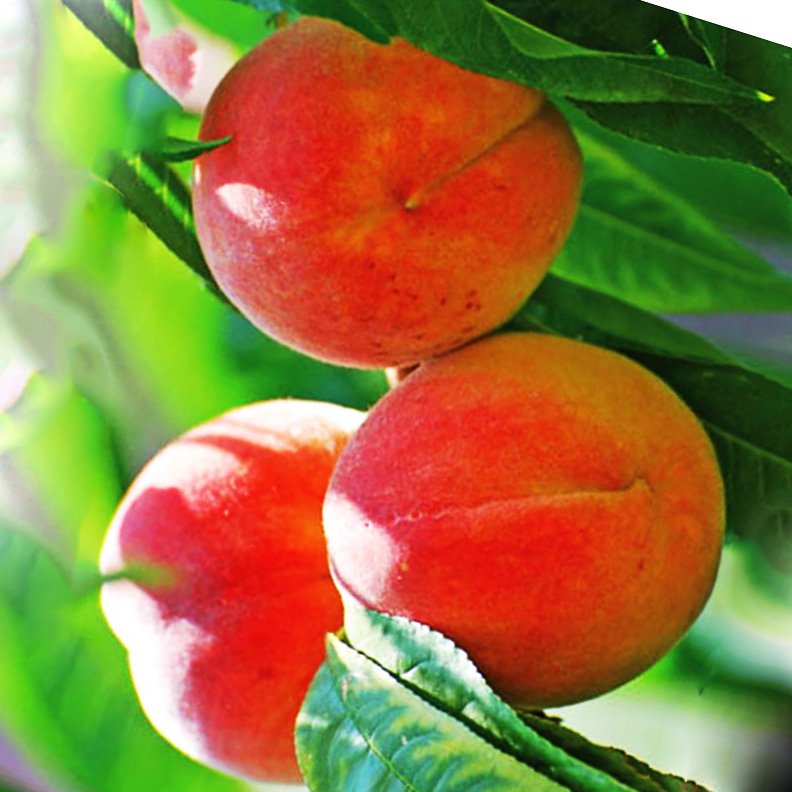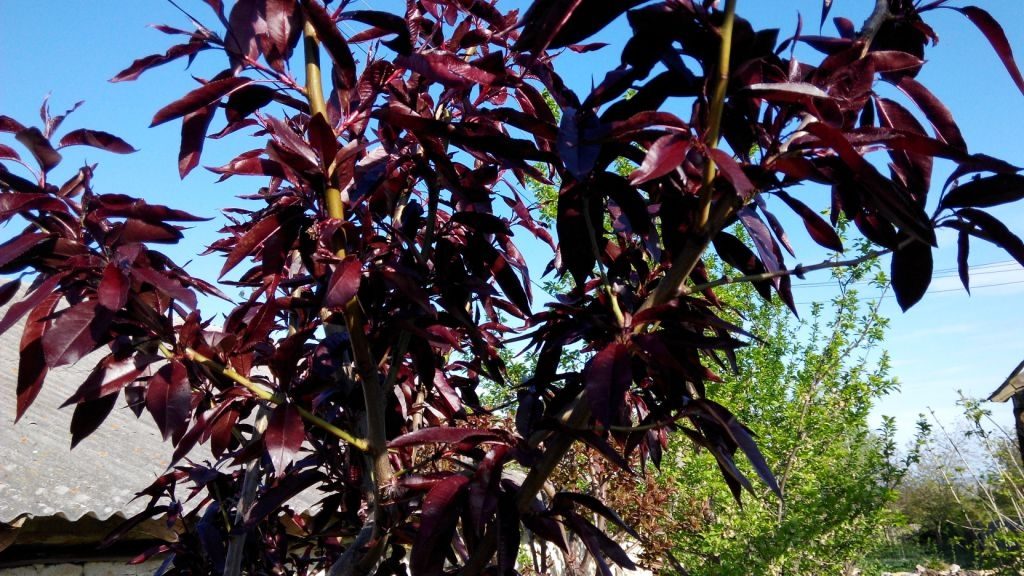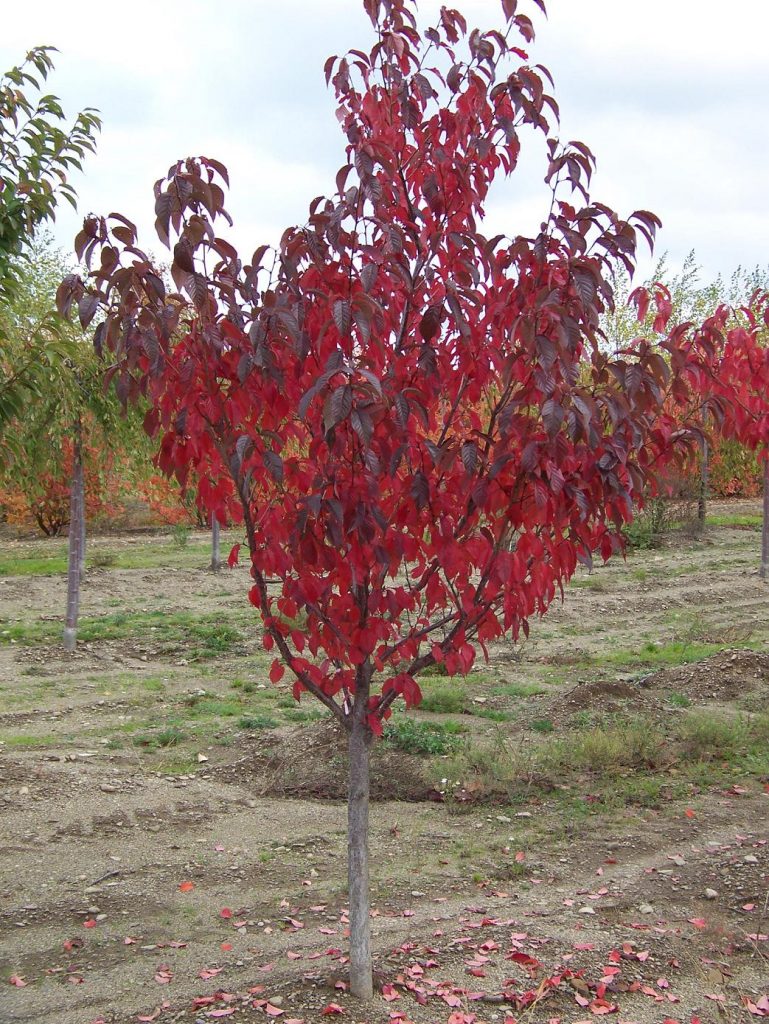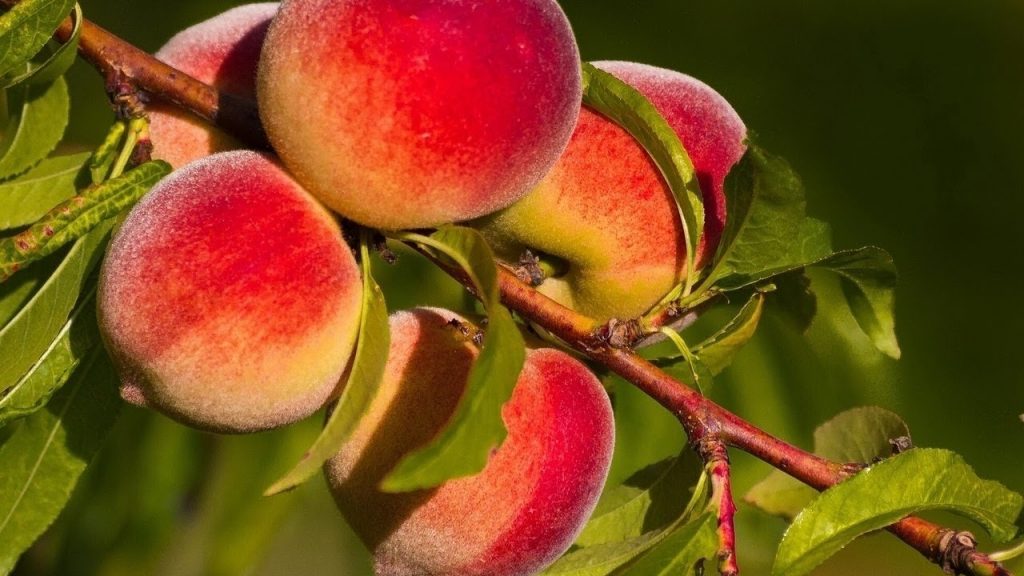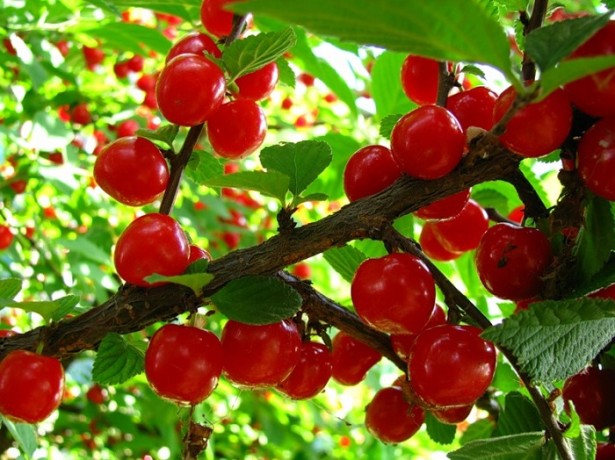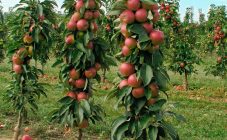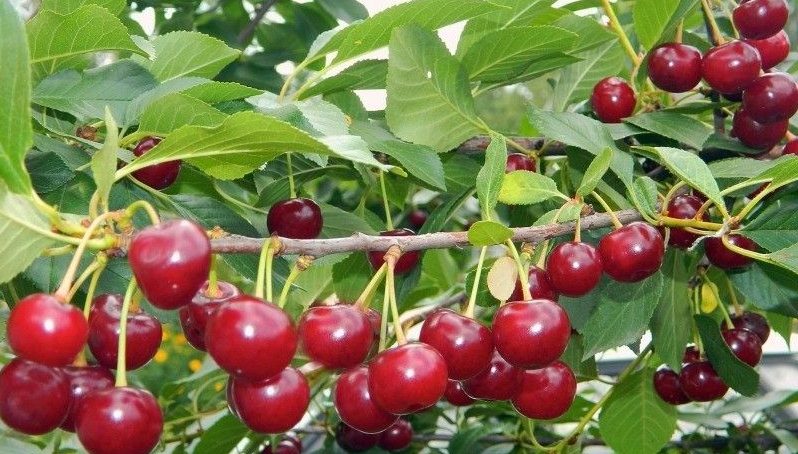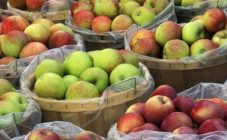Content:
Peach is a fairly popular fruit all over the world. In some countries, it occupies a leading position. Not all types of peaches are widespread in Russia. But, nevertheless, the culture is quite in demand and is actively cultivated, mainly in the southern regions. Recently, varieties of peaches for central Russia are also becoming popular.
Popular varieties
In Russia, the following crop varieties are in particularly high demand.
Balconella
Balconella peach is a compact tree that takes up a minimum of space. It grows up to a meter in height, has a spherical shape and is great for small gardens. Fruiting is high. Each peach has a weight of about 150 grams. It is fluffy, orange, with red stripes. It is characterized by a very juicy taste and rich aroma.
In memory of Grishko
The tree is characterized by active growth. The variety is self-fertile, ripens at the end of August. The fruit is oval and can weigh up to 250 grams. The peel is fluffy, dark pink. The variety is winter-hardy, because this peach in the region of central Russia is grown without problems.
Negus
Red-leaved peach Negus is not only fruit tree, but also decorative. It is characterized by very beautiful red-purple leaves. The fruits are medium in size and red in color. The tree grows to an average of 3-4 meters. Despite the fact that the red-leaved peach is considered frost-hardy, it must be covered for the first few years. The variety is practically the most resistant to scab.
Columnar honey
Columnar honey peach is a very interesting type of culture. It ripens early enough - in July. The tree has no side branches and is compact. The fruits grow large (up to 170 grams), round in shape, the color is yellow with a pronounced red blush. The taste is excellent, the bone from the pulp separates well. Differs in frost resistance.
White Swan
The peach White Swan is characterized by medium height and a very spreading crown. White peach is winter-hardy and tolerates frosts down to -25 degrees without any problems. Fruit weight - 150 grams, white pulp, with a light creamy shade. White peach is often grown commercially because it not only tastes great but also has excellent transportability. The variety is self-fertile.
Pontic
The Pontic peach is characterized by an early ripening period. The tree is medium in size. Medium height tree. Fruits are usually medium in size, weighing 100-110 grams. The skin is dark red, slightly blurred in the form of dots. The variety has an average heat tolerance and resistance to arid growing conditions.
Burgundy
The red-leaved Burgundy peach has a self-explanatory name. It has burgundy-red foliage and yellow-red fruits. The variety is columnar. The trees are of medium vigor. Fruiting usually occurs in August. The size of the fruit of the Burgundy peach is medium, the weight is about 130 grams.
Redhaven
The variety is tall, can reach a height of five meters. If a variety is grafted onto almonds, it grows very significantly in ten years. Fruits are large, slightly flattened on the sides. Their weight can vary from 120 to 190 grams.The velvety skin has a rich scarlet color. Frost resistance is high enough for the successful planting of Redhaven peach in the Moscow region.
Other varieties
Speaking about the varieties of peaches cultivated in Russia, you can give a whole list of acceptable options, from which any gardener can choose the most suitable one for any parameters that are significant for him. First of all, we are talking about the following varieties: Redhaven, Golden Moscow, Greensboro, Melba, Kiev early, Golden Jubilee, Pink peach, Voronezh bush, Khasansky, Veteran, Phalaenopsis wild, Novoselkovy Cardinal, Uralets, Vector, Donetsk yellow, Big Hani , Fury, Frote, Madeleine Pouillet, Favorite, Beauty, Condor, Red-cheeked, Flamingo, Golden Triumph, etc.
If someone is interested in Donskoy frost-resistant peach description or Collins variety description, they will find information on the Internet without any particular problems.
Features of agricultural technology
Having decided to plant a peach on your site, it will not be superfluous to get detailed information regarding planting and caring for the selected variety. A seedling, regardless of the variety, should be purchased in special nurseries located in the planting region. So a freshly planted tree will acclimatize and take root much faster. The time when the landing should take place depends on the climatic characteristics of the landing site. If the climate in general and winters in particular are warm enough, planting should be done in autumn. In regions with a harsh climate (Ural, Siberia), it is better to plant peaches in spring.
The landing site must be sunny, warm and protected from the wind as much as possible. The south side of the house or any other suburban building is ideal. The tree will be reliably closed from drafts and, when heated, will be able to receive additional heat from the wall of the building.
A hole for planting must be dug 50x50 cm in size.At the very bottom, a small mound should be made of the soil. The seedling is carefully placed on a mound, and the roots are carefully straightened. After that, the seat is covered with earth and tamped a little.
Then the seedling is watered (at least 4 liters of water will be required) and mulched with rotted manure. To prevent the young plant from falling to one side, it is strongly recommended to drive a peg.
Specificity of care
Peach as a crop is quite picky about watering. There should be neither too much nor too little water. The procedure should be carried out as the soil dries up. Severe drought should not be tolerated under any circumstances, just like severe stagnation of water.
During the period when the ovaries begin to form, the culture must be fed with any potassium compounds. They will help increase the amount of sugar in fruits. The manipulation will need to be repeated about a month before harvest.
For a peach in the Moscow region, growing is almost impossible without the organization of a full-fledged winter shelter. Winters in central Russia are often harsh, and the plant does not tolerate frosts below -25 degrees.
The area where the peach crop is planted must be flat, free of stones and stumps. Only in this case it will be possible to grow a fruit tree without any problems.
In the process of tree growth, the soil should be periodically loosened without fail. This will provide oxygen to the root system and accelerate plant development.
Crop care includes pruning the crown and branches. If we are talking about the cultivation of another crop, for example, peaches and its cultivation, this procedure is not required.But most of the varieties of peach trees are very sprawling, therefore, the growth of the crown should be kept under control to obtain a decent harvest.
Pruning is usually done when spring comes. Branches that have already managed to bear fruit, have frozen in winter or have broken down are subject to removal. In addition, the purpose of spring pruning is to form the crown of the plant and stimulate the ovary on it with a sufficient number of fruits.
The plant should be pruned only in good weather: it should be warm and dry outside.
Like any other plant, the peach, regardless of the variety, vitally needs protection from harmful insects and diseases.
It is not enough to find out where peaches grow especially well in Russia, you also need to understand what pests or diseases can lead to a decrease in yield or the death of a crop.
Most often, peach trees suffer from the following diseases:
- foliage curl;
- clotteroporia;
- monoliosis;
- powdery mildew.
Of the pests annoying the culture, it should be noted: fruit moth, moth, tick, aphid, as well as flower beetle weevil.
The most effective means of control are chemicals. But in most cases there are few of them. Effective prevention is required. As a preventive measure, the garden area should be kept clean and cleaned of weeds in a timely manner. It is the abundance of weeds that often creates optimal conditions for the development of pests (aphids in particular). As a rule, the weed serves as additional food for parasites or serves as a refuge for them. This is where herbicides come to the rescue.
As for the sucking pests, they do not tolerate mineral fertilizers well. The latter, in turn, increase the pressure of the cell sap in the tree, which significantly complicates the process of feeding the insects.
Phosphorus-potassium compounds are no less useful - they increase the garden's resistance to damage. Of the preventive measures, regular pruning, timely removal of diseased branches, and destruction of diseased fruits and leaves will be effective.
Peach, without a doubt, has southern roots. For a long time, only residents of warm latitudes could pamper themselves with fresh fruits directly from the tree. But, thanks to the development of selection, many varieties of fruit that are resistant to more severe climatic conditions have been bred. Now peaches can be grown wherever there is fertile soil, and the sun shines for at least three months a year. Varietal diversity amazes even experienced gardeners.
